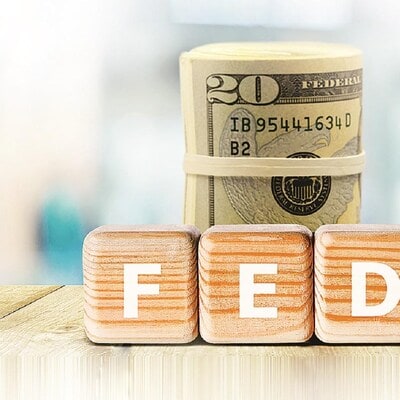Investment strategy after US Fed’s rate cut: The US Federal Reserve’s jumbo rate cut of 50 basis points — a first since early 2020 — triggered volatility across various asset classes. The US equities, for instance, ended lower on Wednesday, as did the Spot Gold in the international market.
The diverse trend, analysts said, was on account of the contradiction by Fed Chair Jerome Powell where he began the easing cycle with an outsized cut but maintained that the US economy is in good shape. This, they said, may keep investors cautious in the near-term.
While the US is nowhere near recession, there are signs of a significant slowdown. The pace of this slowdown, they added, will dictate the pace of rate cuts going ahead.
So, how will the US Fed’s outsized rate cut of half a percentage point affect each asset class ahead? And how should investors tweak their portfolios?
US Fed’s rate cut impact on equities
According to Unmesh Kulkarni, managing director and senior advisor, Julius Baer India, US equity markets have, historically, performed well if the Fed’s rate-cutting cycle is accompanied by a strong economy.
“The global macroeconomic environment is currently favourable for equities. However, volatility in equity markets is likely to stay elevated, given the uncertainty around the upcoming US elections, ongoing concerns of an economic slowdown / recession in the US, as well as other geopolitical factors,” he added.
Gains in emerging market equities, too, will depend on whether the US economy is heading for a soft landing or into a hard landing (recession).
US Fed rate cut impact on bond market
According to analysts, the US Fed’s 50 bps rate cut may lead to a global rally in debt markets, improving liquidity and making it cheaper for businesses and consumers to borrow.
The rate cut may also weaken the US dollar, and increase foreign demand for US bonds.
Back home, however, bond market trackers don’t expect the Reserve Bank of India (RBI) to immediately follow suit. Having said that, an immediate shift in stance cannot be completely ruled out, they added.
As a strategy, analysts at Fisdom recommend investors to increase their exposure to long-duration bonds to take advantage of the potential capital appreciation as bond prices rise with falling yields.
“It is also wise to maintain some allocation to shorter-duration bonds or high-quality corporate bonds for stability, helping to offset any risk related to the future interest rate changes or shift in economic conditions,” they added in their note.
Impact on Gold
Contrary to expectations, Gold came under slight pressure after the US Fed’s rate cut decision. After hitting an all-time high of $2,618 per ounce on Wednesday, the yellow metal was quoting at $2,587/oz on Thursday.
Typically, Gold glitters when rate cut cycles are accompanied with a recessionary environment.
“A 50 bps cut could weaken the US dollar, negatively impacting the IT sector and benefiting gold. Post the decision, a pair trade strategy involving ‘long on gold and short on IT’ could be considered,” said Vikram Kasat, Head – Advisory, PL Capital – Prabhudas Lilladher.
Impact on Oil prices
Even as the US Fed has assured investors of a strong economy, analysts see the 50-bps rate cut as the first step by the US central bank to fight recession. Oil demand, thus, is expected to stagnate in the Western world, they said.
“Amid China’s increased oil production, the petro-nations will likely phase out their curtailments as competitionfor market share heats up. Geopolitics-driven price spikes are usually short-lived, and in absence of an extreme flare-up in geopolitical conditions, the current downtrend in oil prices might just extend a bit more,” said Unmesh Kulkarni of Julius Baer India.
First Published: Sep 19 2024 | 10:54 AM IST
